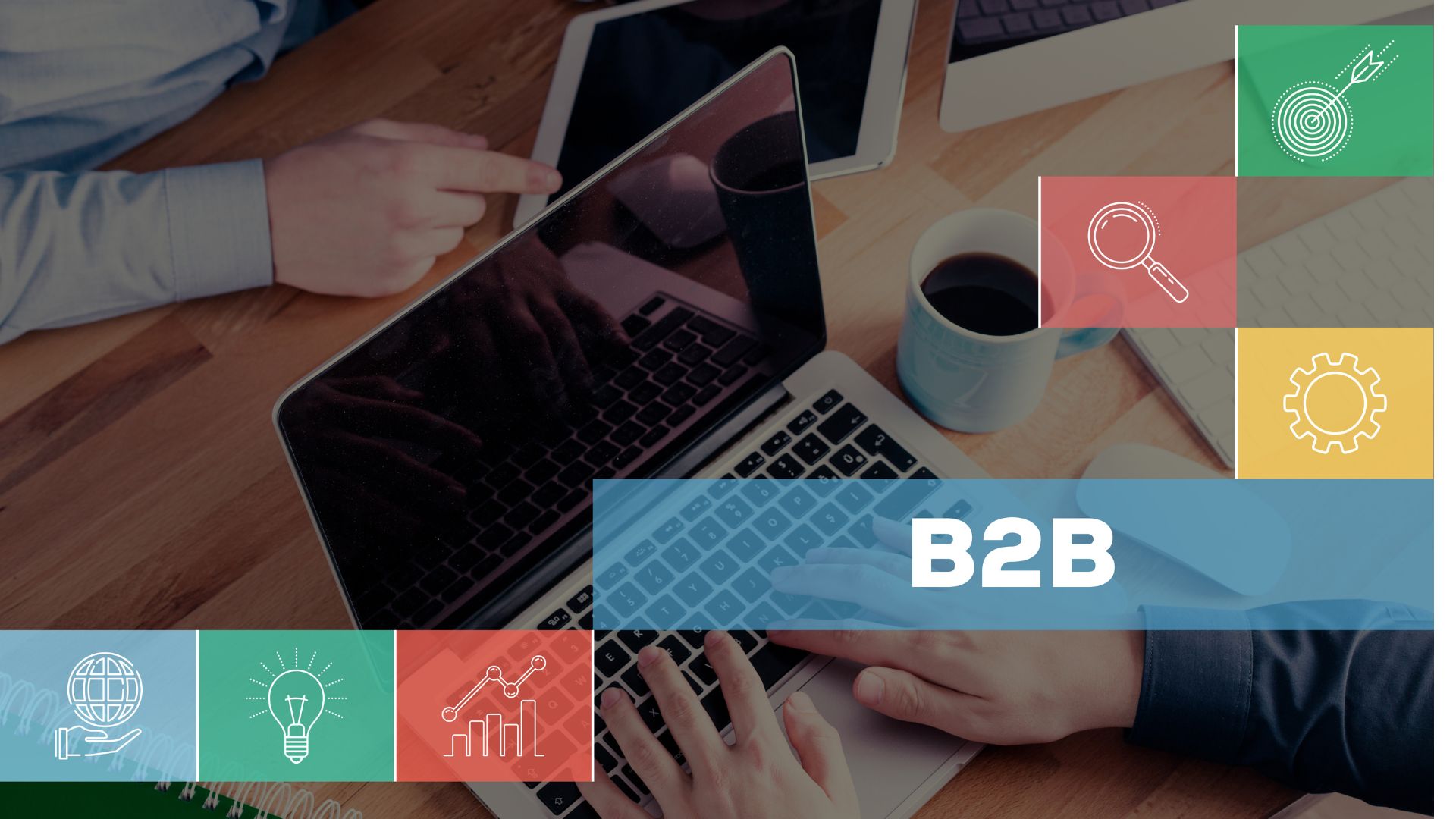The new era of financial analysis
Financial analysis is undergoing a radical transformation. For decades, businesses relied on spreadsheets, manual reporting, and limited data-driven analytics. This led to long, error-prone processes with little ability to react to market changes. Today, artificial intelligence (AI) makes it possible to process large volumes of information in real time and draw accurate conclusions more quickly.
This means detecting patterns that would otherwise go unnoticed. An anomaly in expenses, an unexpected variation in revenue, or a trend in sales by region can be identified before they have a negative impact. This gives you time to act, correct, and optimize.
Real-time data for more agile decisions
One of the most valuable advances in AI applied to finance is access to real-time data. Previously, reports were generated at the end of an accounting period, making it difficult to respond quickly to major changes. Now, financial analysis platforms connect to ERP systems, CRMs, sales platforms, and banks, updating information every minute.
This allows you and your team to stay ahead of the curve. If a key customer reduces their orders, you can react before it affects your cash flow projections. If a raw material cost increases in a specific region, you can negotiate immediately or look for alternatives. Agility is no longer a luxury and becomes part of the strategy.
Scenario simulation and strategic planning
Traditional planning was based on historical data and linear projections. AI adds the ability to simulate scenarios with multiple variables and degrees of probability. This means that you can evaluate what would happen if the price of an input changes, if the demand for a product changes, or if a new competitor enters the market.
These simulations allow you to visualize not only the most likely scenario, but also the worst case and best case scenarios. This way, you can prepare contingency plans, optimize budgets, and align the entire management team on a single roadmap. This is vital in B2B environments, where financial decisions impact long-term relationships and high-value contracts.
Intelligent automation without losing oversight
Automation doesn’t mean leaving finance on autopilot. AI can classify transactions, detect irregularities, and generate reports, but human validation is still essential. Algorithms do not understand cultural contexts, particular negotiations or exceptional circumstances of a client.
For example, an AI tool can detect payment delays and flag them as risk. But you, as the manager, know that that customer has an annual contract and that the delay is due to an internal change in their purchasing area. Without that oversight, you could make an unnecessarily restrictive decision. The combination of technology and human judgment is the key to obtaining maximum value.
Integration with existing systems
Many companies fear that implementing AI means changing their entire technology infrastructure. This is just a myth. In reality, today’s solutions are designed to integrate with existing systems, such as ERP, CRM, accounting software, and internal databases. This reduces costs, avoids operational downtime and allows the team to adopt the technology more smoothly.
La integración también significa aprovechar los datos históricos acumulados durante años. Esto le da al sistema una base sólida para generar análisis más precisos y recomendaciones mejor adaptadas a tu realidad empresarial. No es empezar de cero, sino potenciar y mejorar lo que ya tienes.
Beneficios concretos para empresas B2B
En el contexto B2B, la IA en finanzas ofrece ventajas claras: proyecciones de ventas más precisas, optimización de inventarios, reducción de costes y mejora en la gestión del capital de trabajo. También ayuda a preparar informes personalizados para distintos públicos: inversores, reguladores, directivos o clientes estratégicos.
Además, las empresas pueden anticipar tendencias del mercado y adaptarse antes que la competencia. Un distribuidor, por ejemplo, podría identificar que la demanda de ciertos productos caerá en un trimestre específico y ajustar sus compras para evitar sobreinventario. Esto libera capital y mejora el flujo de caja.
Retos y consideraciones éticas
While AI brings great benefits, it also poses challenges. Data quality is critical: if information is incomplete or misclassified, analysis can lead to erroneous conclusions. In addition, in B2B environments, confidentiality is critical. You must ensure that the tools used comply with security and data protection regulations.
Another aspect to consider is transparency. It is important that the decisions derived from an automated analysis are explainable and understandable to all involved. This builds trust and prevents internal resistance to change.
A real case in Europe
A good example can be found in UniCredit, the Italian bank. Its platform called “DealSync” uses AI to identify opportunities for small M&A without increasing headcount. It analyzes data from your portfolio and generates leads automatically. In a short time, they have received around 500 mandates and created about 2,000 leads. This helps them expand their activity into smaller, traditional segments and shift additional revenue without the need for costly structural growth.
Future trends in financial automation
The use of AI in financial analysis will continue to evolve. We’ll see greater integration with business intelligence (BI), more accurate predictive analytics, and automated recommendation capabilities. The importance of hybrid models will also grow, where AI not only analyzes data, but also interacts with other areas of the company to coordinate actions.
Today, with AI, you can have a system that not only warns you of a cash flow problem, but also suggests adjustments in inventories, renegotiations with suppliers, and changes in collection strategies, all in an integrated way.
The human factor remains decisive
No matter how advanced the technology is, the final interpretation of data and strategic decisions are up to you and your team. AI processes and analyzes, but it doesn’t understand the full context of your business, your company culture, or your long term goals.
The real value comes when you combine the computing power of AI with human experience and vision. This alliance allows for faster, better informed decisions aligned with the reality of your company.




